
PUMPA - SMART LEARNING
எங்கள் ஆசிரியர்களுடன் 1-ஆன்-1 ஆலோசனை நேரத்தைப் பெறுங்கள். டாப்பர் ஆவதற்கு நாங்கள் பயிற்சி அளிப்போம்
Book Free DemoTissues are made up of a group of similar cells together and perform a similar function. They are complex structures, which helps organisms to carry out their functions.
Tissues are two types:
- Simple tissues - They are made up of similar types of cells, and they are always homogenous in nature.
- Complex tissues - They are made up of different types of cells, and they are always heterogeneous in nature.
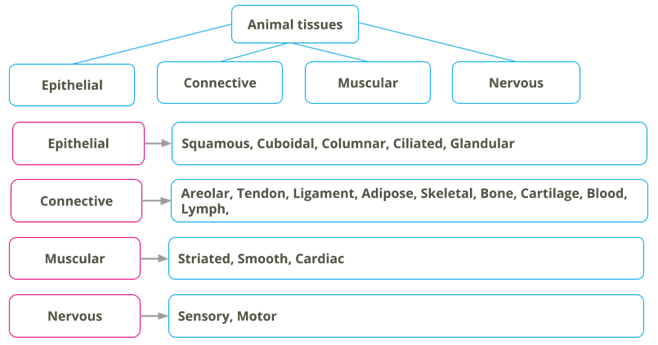
Types of tissues
1. Epithelial tissue - Very important tissue carries the following functions like protection, secretion, excretion, absorption.
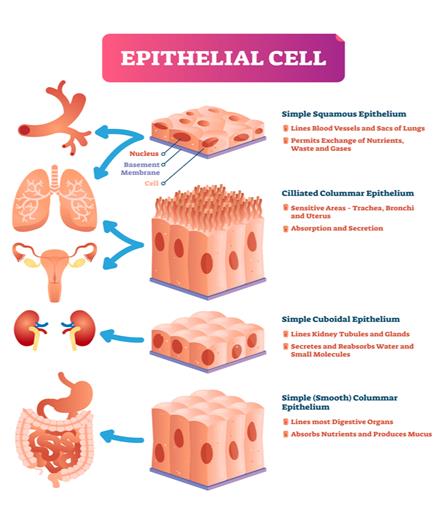
Epithelial tissues
2. Connective tissue - The main support system and also does the following functions like strength, storage, transport, packing, repair, defence.
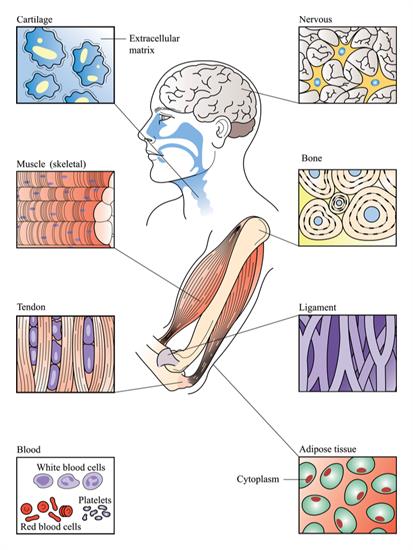
Connective tissues
3. Muscular tissue - It helps for the movements, heat production, joint stabilizing.
- The locomotion and movements of the body are supported by the skeletal muscle.
- Smooth muscles are found in the body, and they make up all of the internal organs.
- Cardiac muscle is a type of muscle that is located in and around the heart.
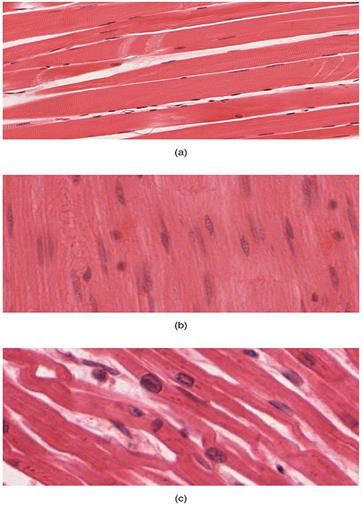
From top to bottom: a. skeletal muscle, b. smooth muscle, c. cardiac muscle 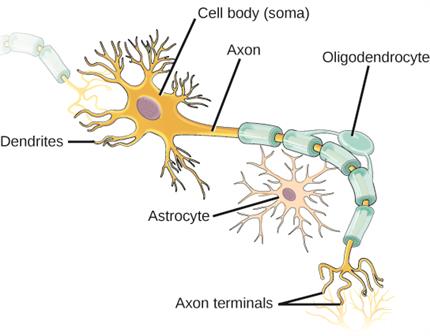
4. Nervous tissue - It carries the neural impulses in two ways - Sensory and Motor Neuron.

Neuron tissue
Reference:
https://commons.wikimedia.org/wiki/File:414_Skeletal_Smooth_Cardiac.jpg
https://commons.wikimedia.org/wiki/File:Figure_33_02_13.jpg
https://commons.wikimedia.org/wiki/File:Figure_33_02_13.jpg